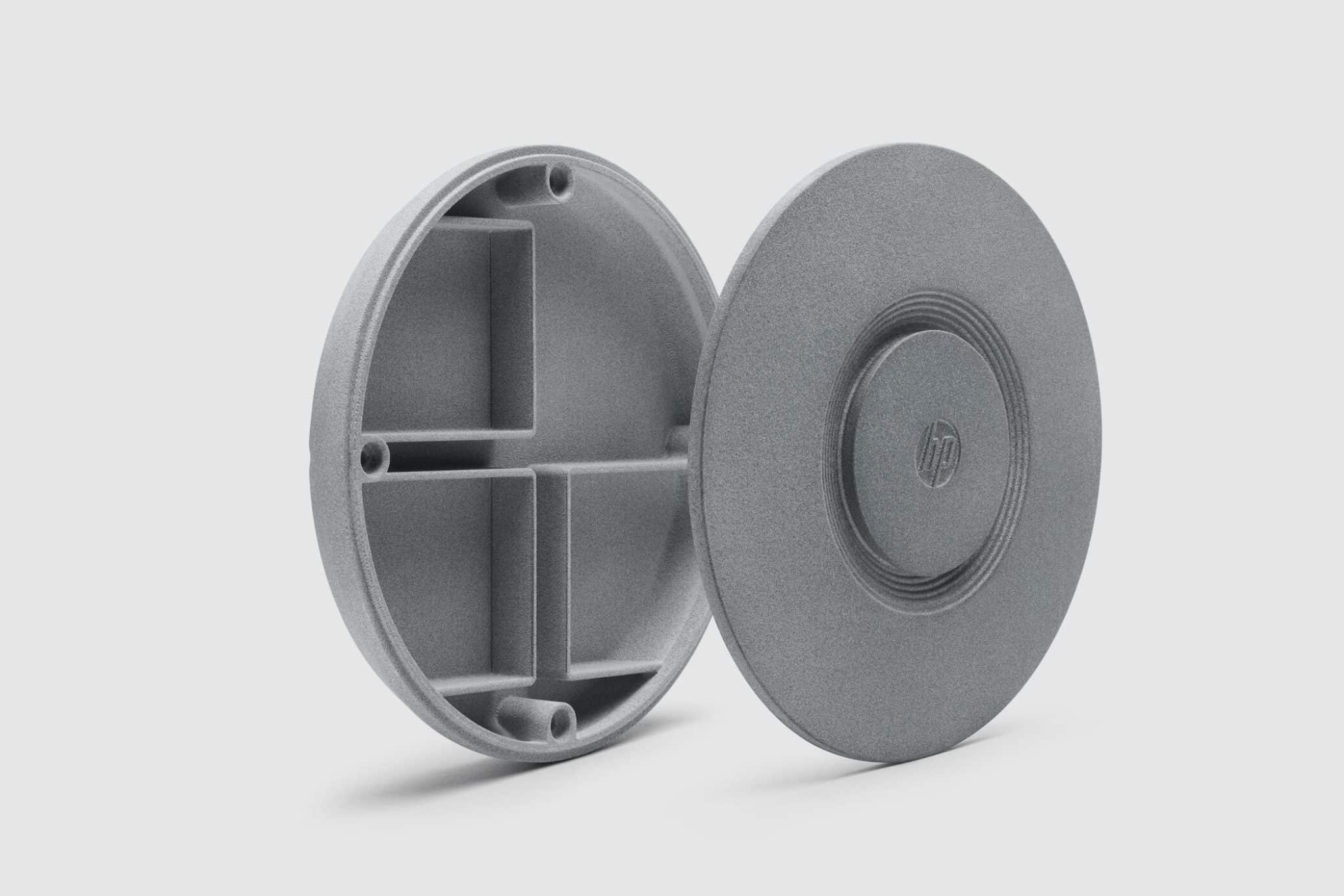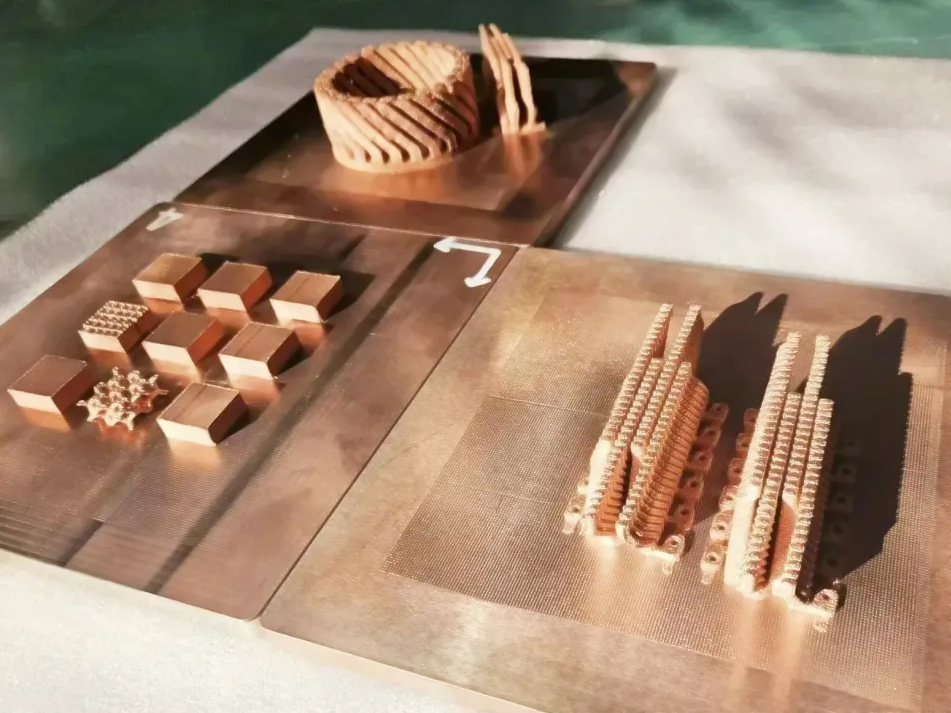How does FDM 3D printing differ from SLA and SLS?
How Does FDM 3D Printing Differ from SLA and SLS?
1. Printing Technology and Process
FDM (Fused Deposition Modeling): FDM extrudes melted thermoplastic filament (e.g., PLA, ABS, PETG) through a heated nozzle to build parts layer by layer. It is widely used for low-cost prototyping and mechanical components.
SLA (Stereolithography): SLA uses a UV laser to cure liquid photopolymer resin in a vat. It produces high-resolution parts with smooth surfaces, ideal for visual models and medical applications.
SLS (Selective Laser Sintering): SLS uses a laser to fuse powdered materials, usually Nylon (PA), layer by layer in a heated chamber. It produces functional, durable parts with no support structures required.
2. Material Compatibility
FDM: Compatible with thermoplastic filaments like PLA, ABS, PETG, TPU, and PEEK.
SLA: Uses photopolymer resins such as standard, tough, flexible, high-temperature, dental, and biocompatible grades.
SLS: Commonly uses thermoplastic powders like Nylon (PA), glass-filled PA, and elastomers. No supports are needed, as the surrounding powder provides part stability.
3. Print Resolution and Surface Finish
FDM: Moderate resolution (layer height ~100–300 μm). Parts may show visible layer lines and require post-processing for smoothness.
SLA: High resolution (25–100 μm) with smooth surfaces, ideal for detailed and cosmetic parts.
SLS: Moderate to high resolution (~100 μm). Surface has a powdery texture but good mechanical properties.
4. Strength and Functional Use
FDM: Good for simple mechanical prototypes and large parts. Limited isotropic strength and lower detail fidelity.
SLA: Excellent for visual prototypes and medical models, but resins are generally brittle and less suitable for load-bearing parts.
SLS: Best for functional, load-bearing, end-use parts. Excellent mechanical strength and durability.
5. Support Structures and Post-Processing
FDM: Requires support structures that must be removed manually or dissolved.
SLA: Requires printed supports that are clipped and surfaces sanded or cured.
SLS: No supports required. Requires depowdering but minimal cleanup.
Comparison Table
Feature | FDM | SLA | SLS |
|---|---|---|---|
Material Form | Thermoplastic filament | Liquid resin | Powder |
Resolution | Moderate | High | Moderate to high |
Surface Finish | Layered, rough | Smooth, detailed | Powdery, matte |
Strength | Moderate | Brittle (visual) | High (functional) |
Support Needed | Yes | Yes | No |
Ideal Applications | Prototypes, jigs, fixtures | Dental, models, fine details | End-use parts, functional loads |
Recommended 3D Printing Services
Material Extrusion (FDM): For budget-friendly mechanical parts
Vat Photopolymerization (SLA/DLP): For smooth-surface, detailed models
Powder Bed Fusion (SLS): For strong, functional parts with no support structures



